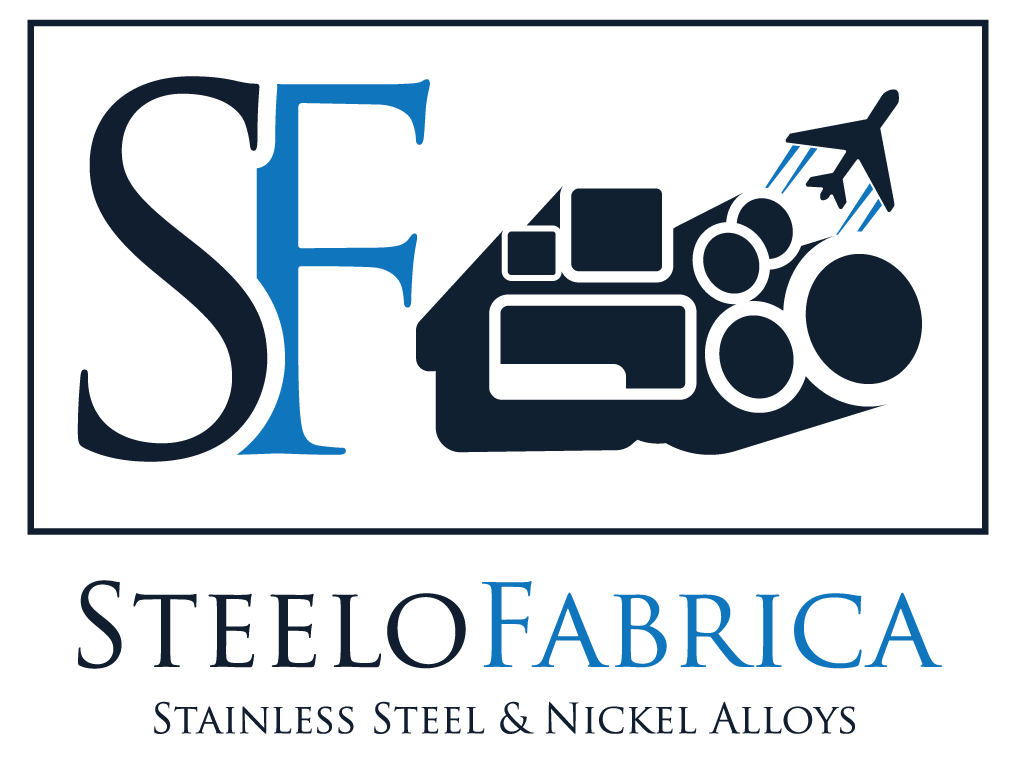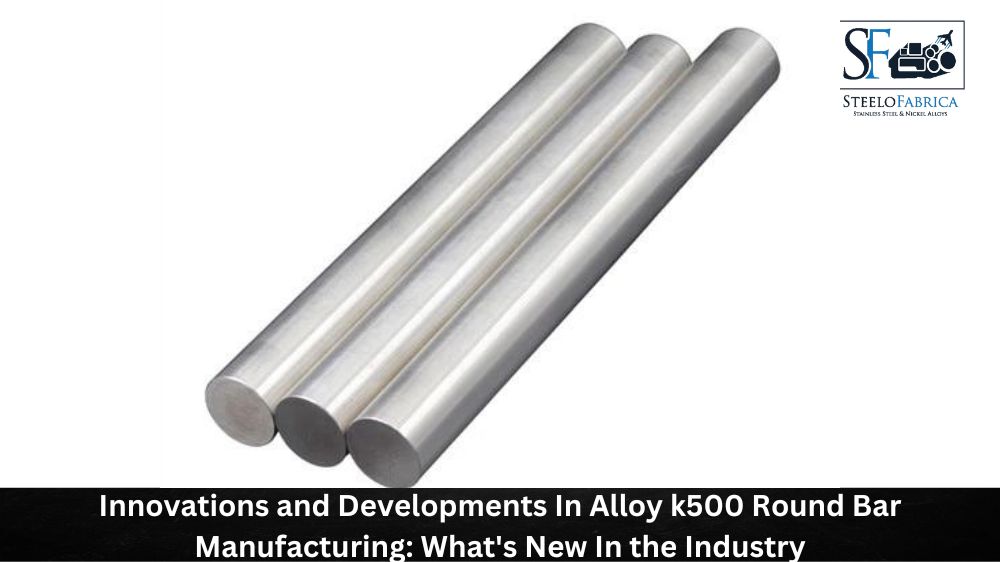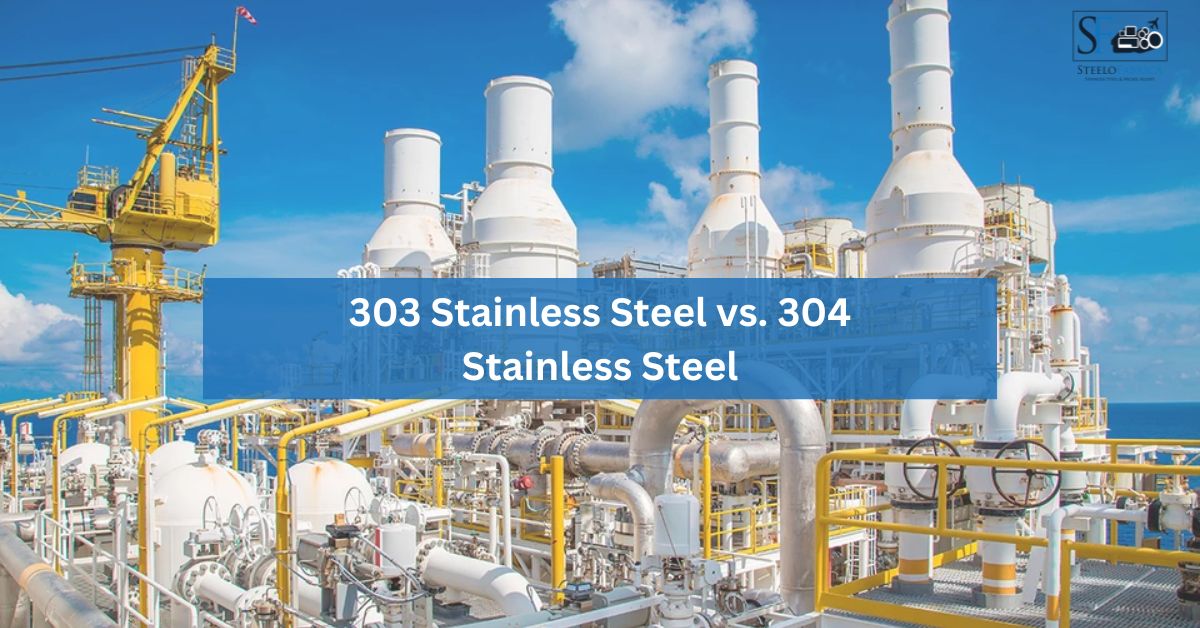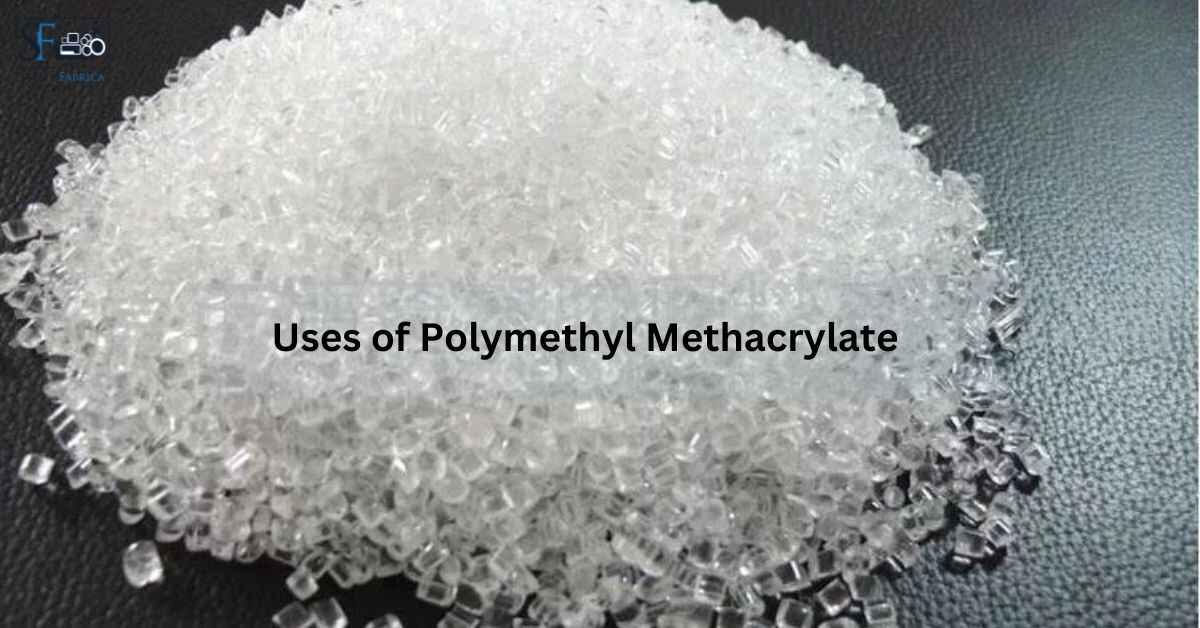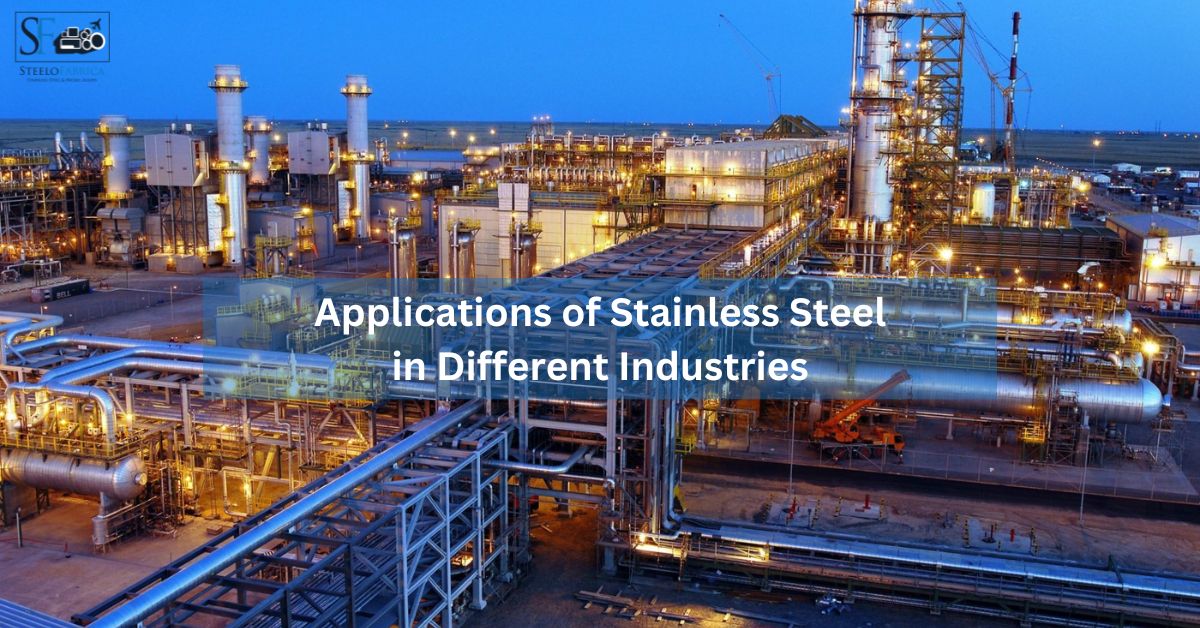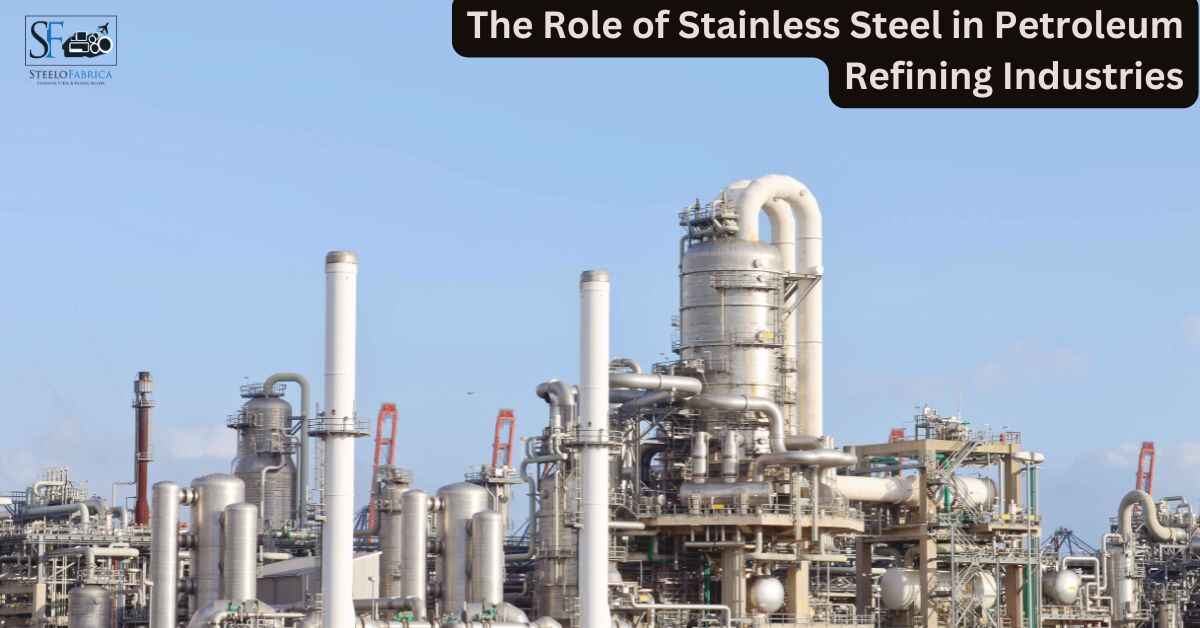Alloy K500 round bar is a popular material used in various industrial applications due to its high strength, corrosion resistance, and durability. This alloy is widely used in the marine, oil, and gas industries to manufacture critical components that withstand extreme conditions. Over the years, manufacturers have made significant strides in improving the quality and performance of alloy K500 round bars. This blog post discusses the latest innovations and developments in alloy K500 round bar manufacturing and what it means for the industry.
What is an alloy k500 round bar?
Alloy K500 round bar is a nickel-copper alloy containing aluminum and titanium. It has excellent corrosion resistance, superior strength, good weldability, and exceptional toughness in high-temperature and cryogenic services. Due to its ability to be heat treated into higher strength than austenitic steels while still having excellent toughness in the full solution annealed condition, K500 is often used for applications like valve stems, suction liners, shafts, rings etc.
Improved Manufacturing Techniques
In recent years, manufacturers have developed new and improved manufacturing techniques to produce alloy K500 round bars with better mechanical properties and higher ductility. These manufacturing techniques involve advanced processes such as hot rolling, extrusion, and forging, which create a more uniform microstructure and prevent defects that can lead to premature failure. As a result, the alloy K500 round bars manufactured using these techniques have higher corrosion resistance, improved fatigue strength, and superior toughness.
Advanced Metallurgical Analysis
Metallurgical analysis is an essential aspect of alloy K500 round bar manufacturing, ensuring the product’s quality and performance. With advancements in analytical techniques such as scanning electron microscopy (SEM), energy-dispersive X-ray spectroscopy (EDS), and X-ray diffraction (XRD), manufacturers can now perform detailed material analysis to identify the structural features of the alloy. This analysis helps identify any impurities, defects, or residual stresses in the material and take corrective action. This ensures that the alloy K500 round bars manufactured are free from defects and meet the customer’s requirements.
Customized Processing and machining
The demand for customized alloy K500 round bars has been on the rise. To meet this demand, manufacturers have developed new processing techniques, such as cold drawing and heat treatment, that can tailor the alloy’s microstructure, mechanical properties, and surface finish. This enables manufacturers to produce alloy K500 round bars with specific characteristics, such as high strength, better machinability, or improved corrosion resistance. Additionally, advanced machining techniques such as 3D printing have enabled manufacturers to produce complex shapes and designs that were previously impossible to manufacture using traditional methods.
Collaborative Approaches
To improve the quality and performance of alloy K500 round bars, manufacturers are collaborating with customers, material suppliers, and research institutions to share knowledge and develop new methods for manufacturing and analysis. Collaboration has enabled the development of new, high-performance alloys such as duplex and super duplex stainless steel, which have better corrosion resistance and mechanical properties than traditional alloys. Additionally, collaborative approaches have enabled manufacturers to develop new products that meet specific industry requirements and deliver value to customers.
Environmental Sustainability
Environmental sustainability is becoming an increasingly important aspect of industrial manufacturing. Manufacturers are adopting sustainable practices such as recycling, green energy, and waste reduction to reduce their environmental footprint. Additionally, manufacturers are using new alloys such as duplex stainless steel and advanced manufacturing techniques such as hot isostatic pressing (HIP) that consume less energy and emit less carbon dioxide than traditional methods.
Conclusion:
In conclusion, alloy K500 round bar manufacturing is an exciting industry with significant innovation and development in recent years. Manufacturers produce high-quality products that meet customers’ requirements and deliver value with improved manufacturing techniques, advanced metallurgical analysis, customized Processing and machining, collaborative approaches, and environmental sustainability. As the industry continues to evolve, we expect to see more innovative developments that will improve the performance of alloy K500 round bars and lead to the development of new, high-performance alloys.
